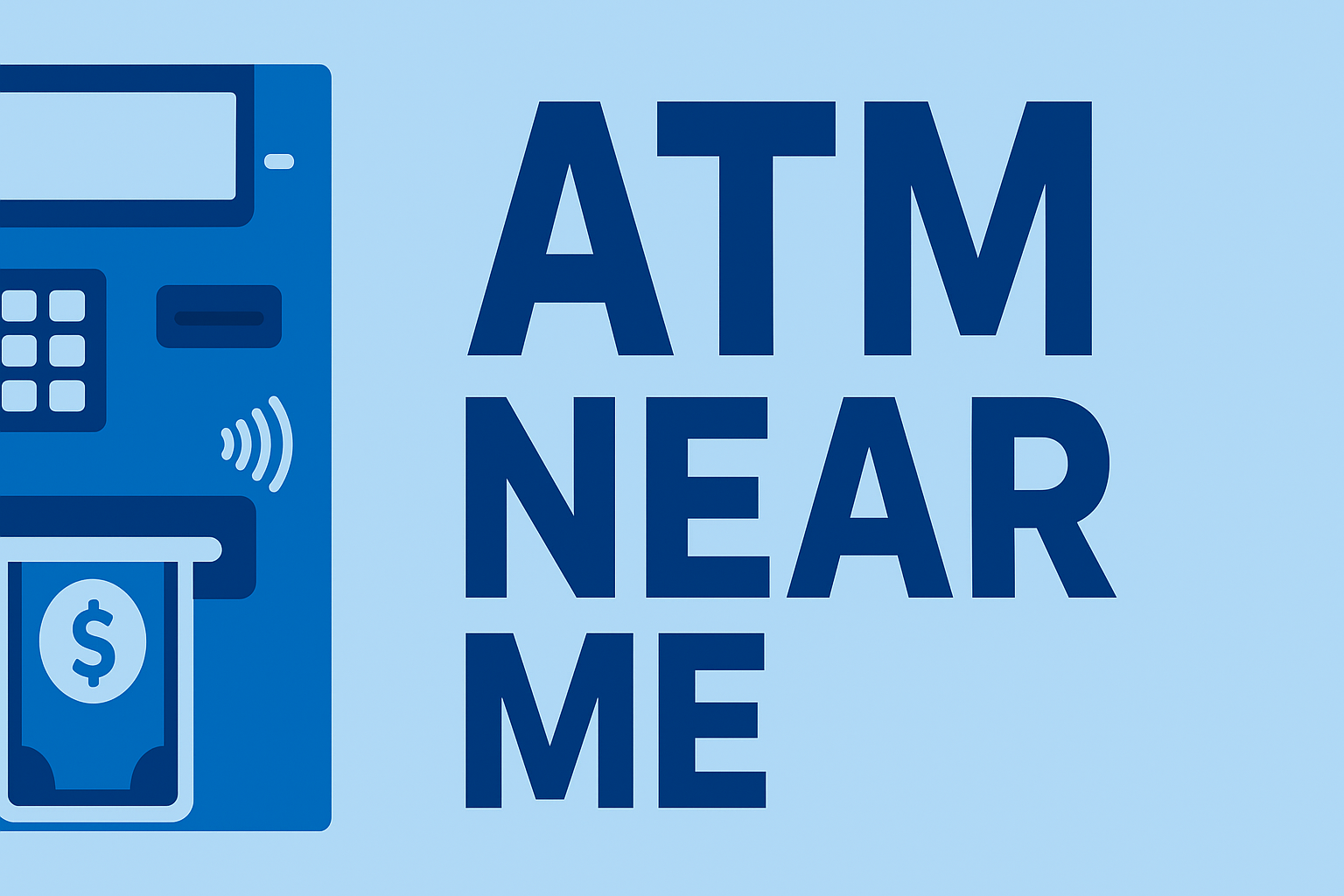Modern ATMs use an advanced network of sensors, cameras and tamper-detection systems to protect your money and prevent fraud. These components continuously monitor for suspicious activity, malfunctioning hardware, skimming attempts and internal errors that could affect your withdrawal or deposit. For a full breakdown of how all ATM components work together, see our guide: How ATMs Work.
This guide explains how ATM sensors and cameras function, what they monitor and why they’re essential for security and error prevention.
Main Types of ATM Sensors
ATMs rely on dozens of sensors working in sync to ensure every transaction is safe and accurate. Common types include:
- Card reader sensors
- Cash dispenser sensors
- Skimmer-detection sensors
- Door and cabinet sensors
- Note thickness and alignment sensors
- Shutter and presenter sensors
- Deposit module sensors
Each sensor plays a specialized role in preventing fraud and detecting mechanical or processing errors.
Card Reader Sensors
The card reader contains magnetic, EMV chip and sometimes NFC sensors. These detect:
- Chip contact alignment
- Unusual resistance or pressure (possible skimmer insert)
- Magstripe inconsistencies
- Attempts to trap or retain your card
If the card cannot be read safely, the ATM may decline the transaction or retain the card. Helpful guide: ATM Took My Card
Cash Dispenser Sensors
Cash dispensers use sensors to count bills, verify thickness, check alignment and detect double-feeds. These systems ensure the ATM dispenses the correct number of bills every time.
If a bill jam or misfeed occurs, the ATM may cancel the transaction or display an error message. More details: ATM Error Code Directory
Anti-Skimming Sensors
Modern ATMs include anti-skimming modules that detect illegal devices attached to the card slot. These sensors look for:
- Foreign objects placed over the card reader
- Unusual vibrations
- Magnetic anomalies
- Cloned or duplicated signal interference
If detected, the ATM may shut down or alert bank security. Learn more: ATM Anti-Skimming Technology
Door, Lock and Cabinet Sensors
ATMs contain sensors on both external and internal doors. These detect unauthorized access, forced-entry attempts and improper servicing.
If a door or lock sensor triggers unexpectedly, the ATM may shut down immediately or alert the bank’s monitoring center.
Deposit Module Sensors
ATMs with deposit capability use alignment sensors, image scanners and thickness detectors to verify bills and checks. These prevent counterfeit deposits and reduce errors during envelope-free transactions.
More details on deposit automation: How Deposit Automation ATMs Work
ATM Cameras: What They Actually Record
Most ATMs include at least one camera, often two. These cameras record activity around the machine but do not capture your PIN.
ATM cameras help document:
- Suspicious or unauthorized behavior
- Damage or tampering attempts
- Disputes related to deposits or withdrawals
- Failed transactions involving no cash dispensed
For more on transaction errors, see: ATM Charged But No Cash
How ATMs Detect Errors Automatically
ATMs continuously analyze sensor data to detect issues before or during your transaction. Error-detection systems monitor:
- Double-feeds in the dispenser
- Card reader misalignment
- Cash jams or blocked transport paths
- Stacker or presenter malfunctions
- Deposit imaging mismatches
- Communication failures with the bank
If an error occurs, the ATM may cancel the transaction or display an error code. Helpful guide: Why ATMs Decline Cards
Final Thoughts
ATM sensors and cameras are essential for keeping transactions secure and reliable. They detect tampering, prevent fraud, reduce mechanical errors and ensure your withdrawals and deposits are processed safely. As these technologies advance, ATM transactions become even more accurate and secure for everyday users.
